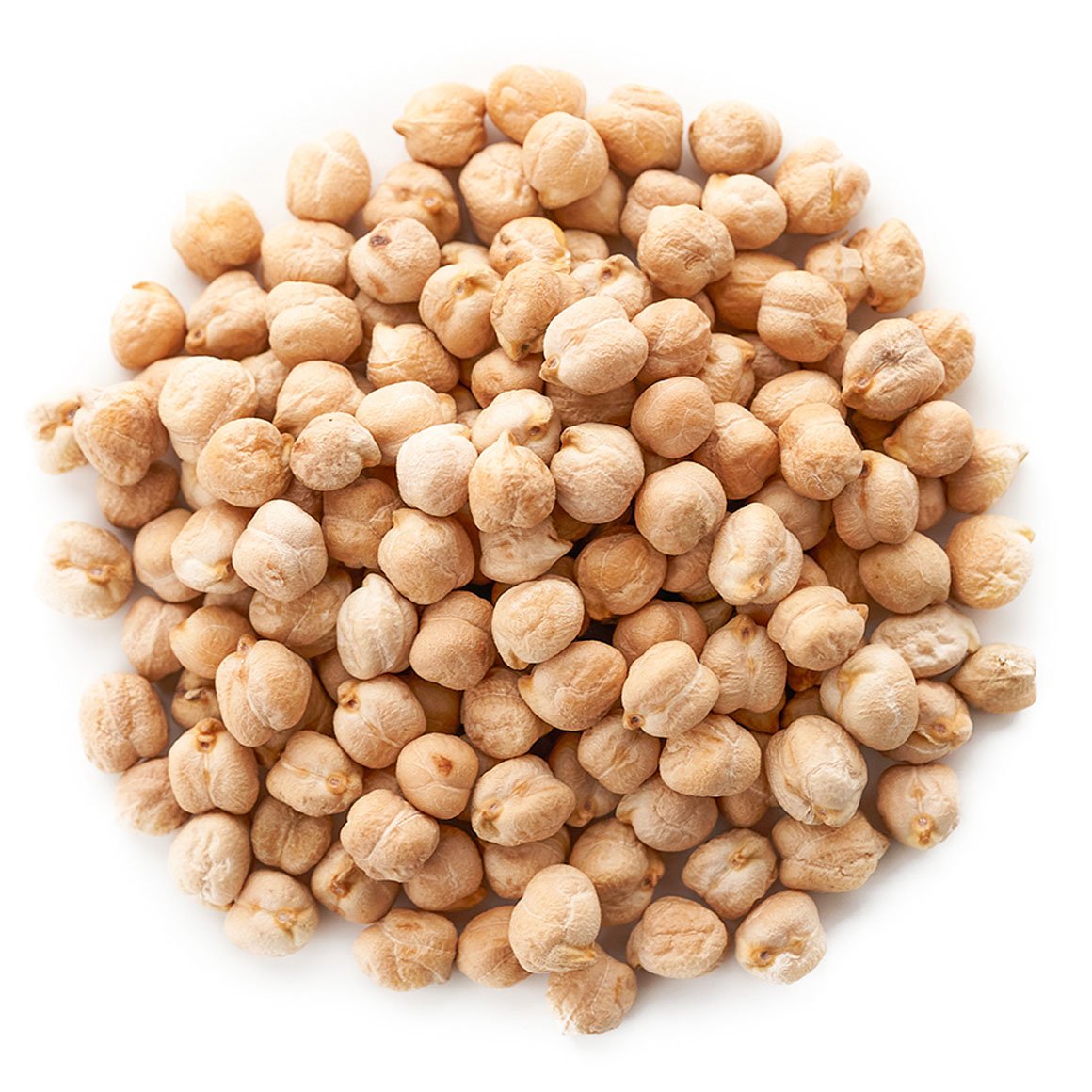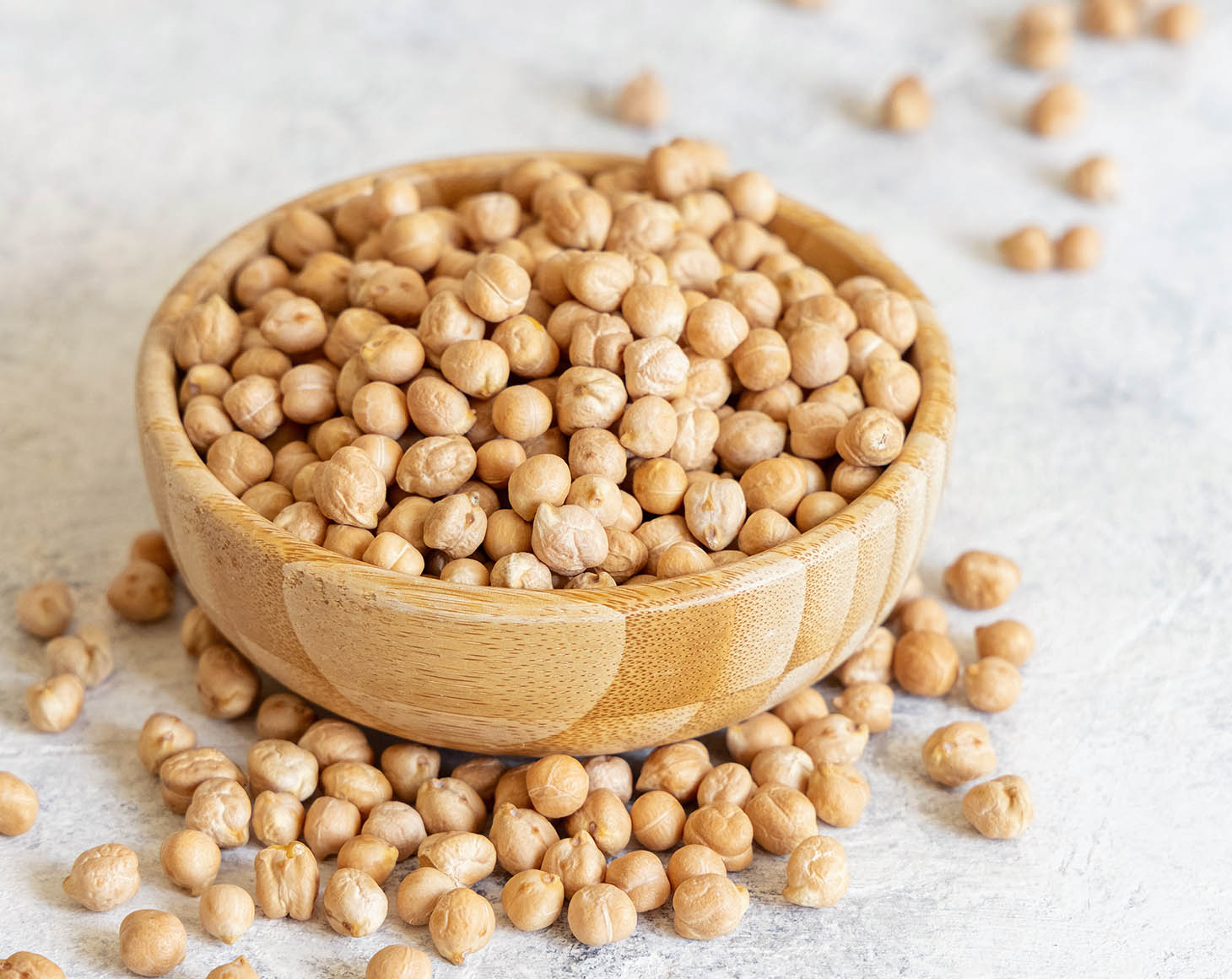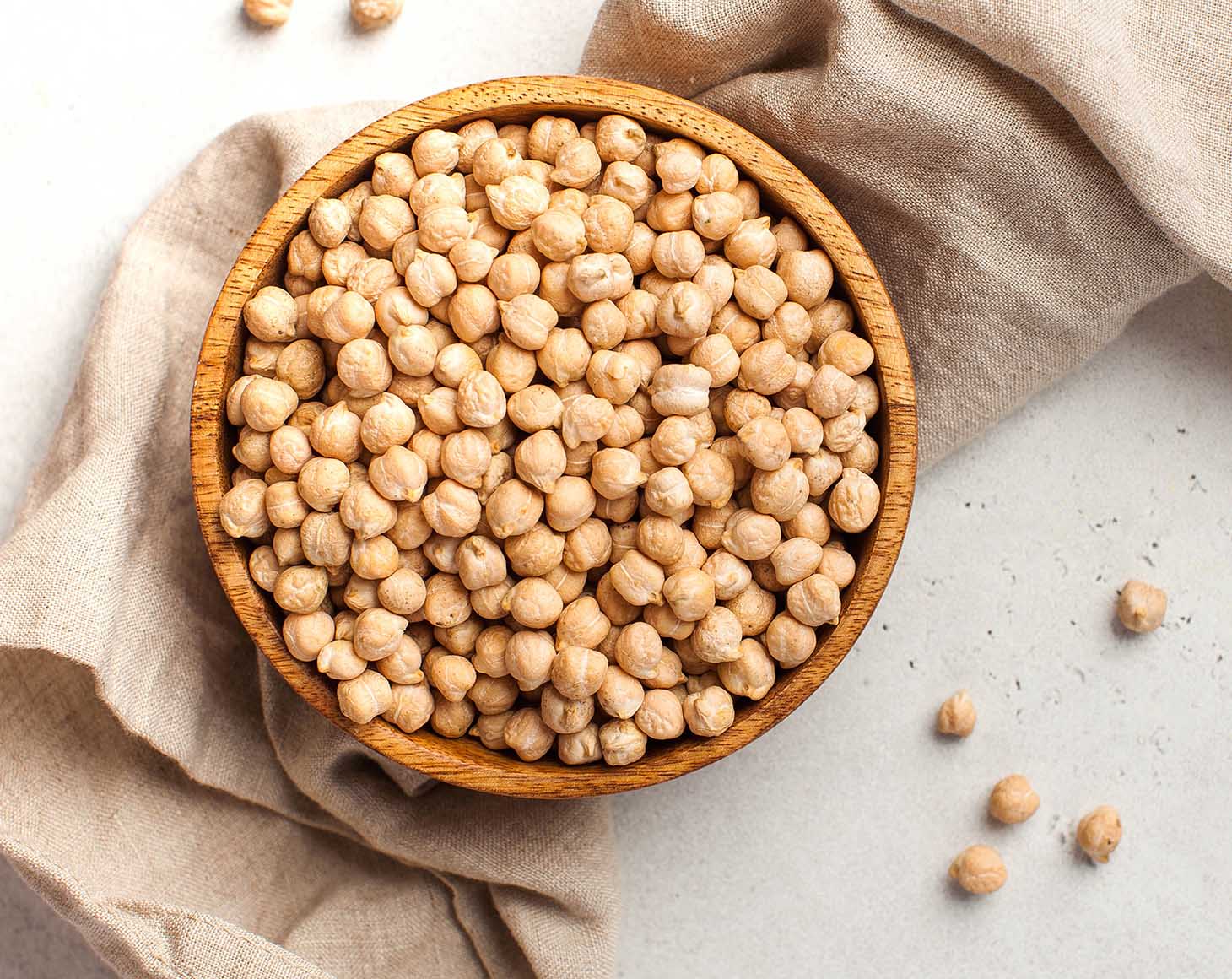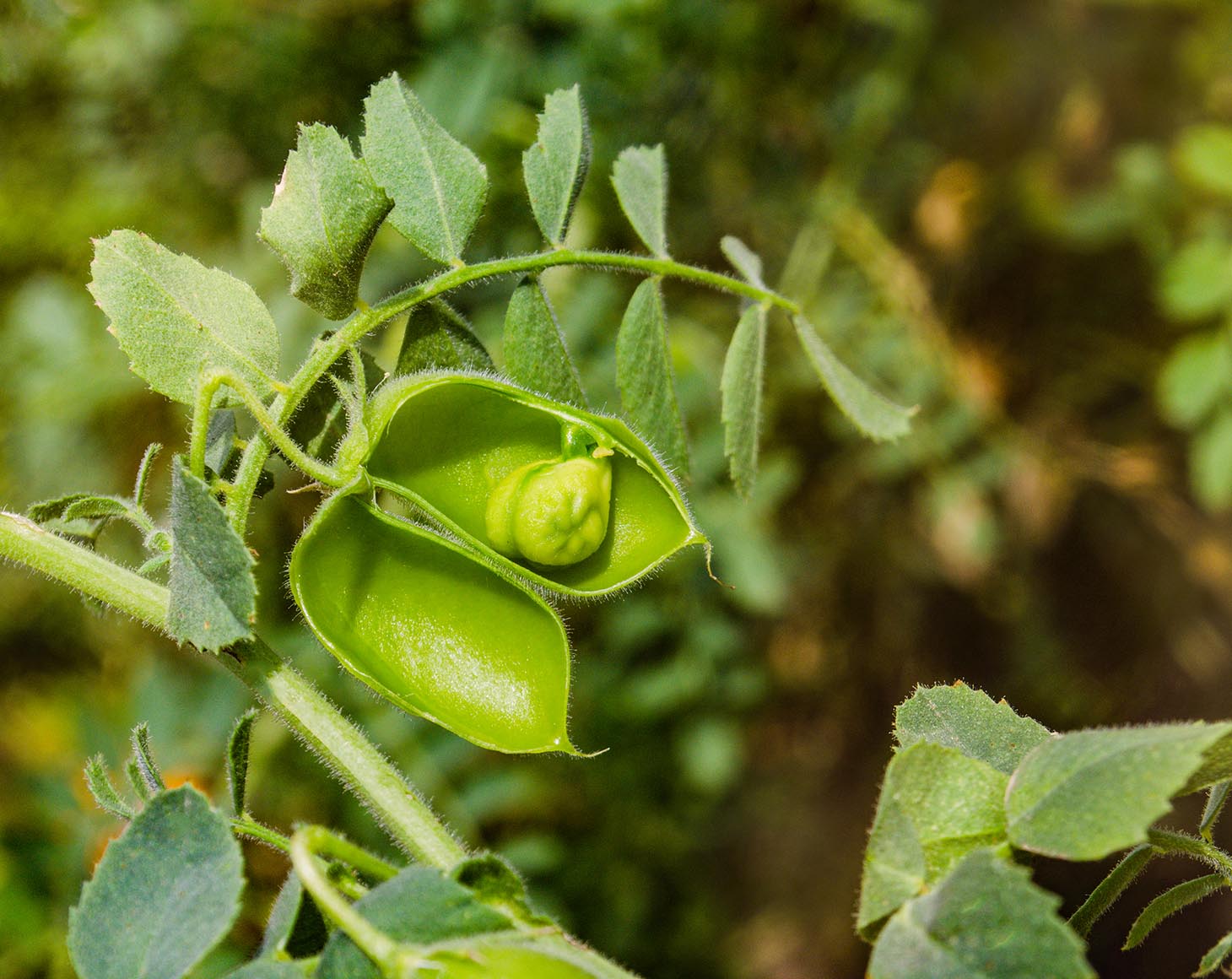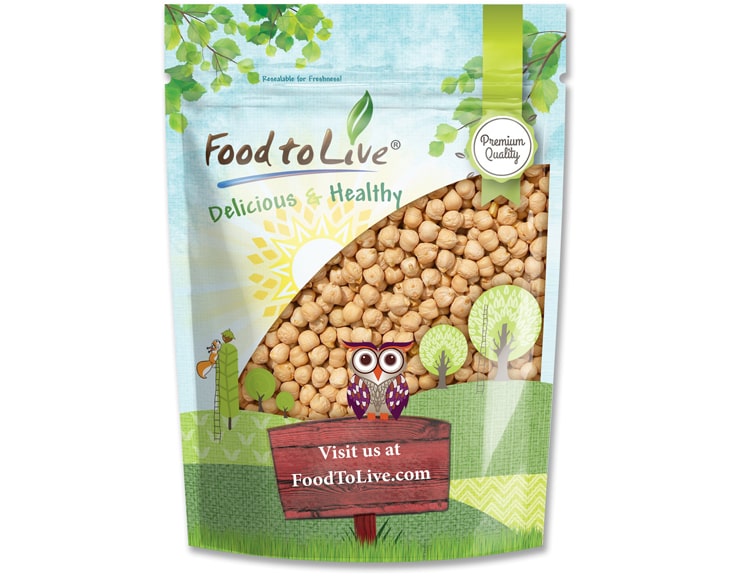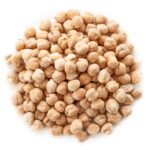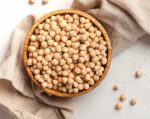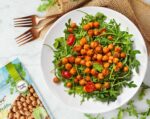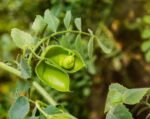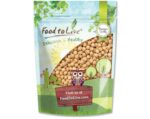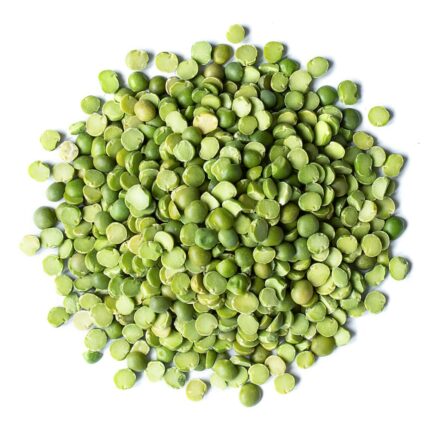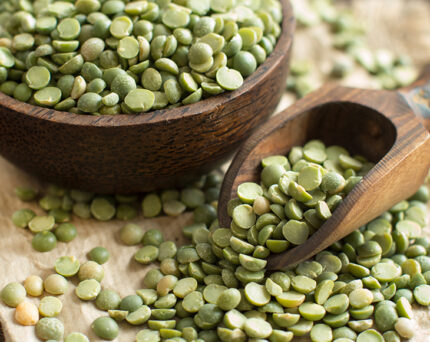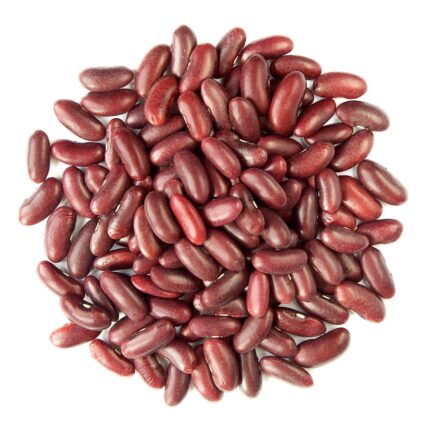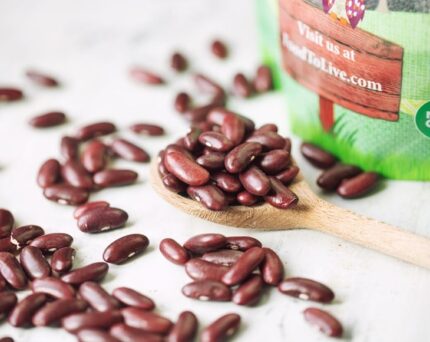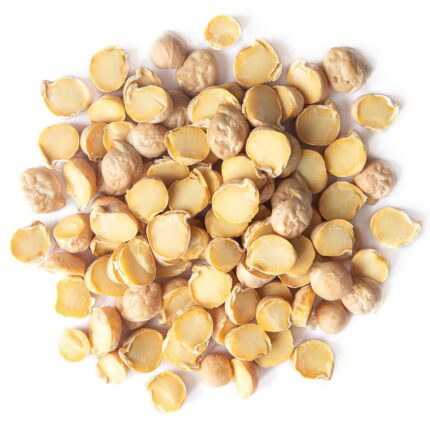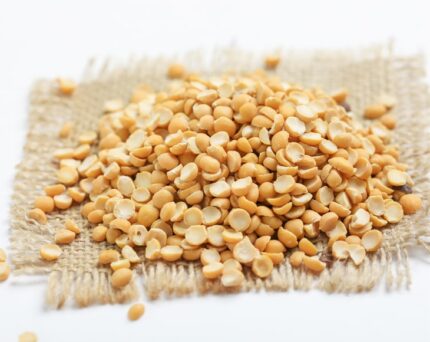Chickpeas have been cultivated for about seven thousand years. Originally from the Mediterranean and Middle Eastern regions, they have by now spread all over the world due to their highly nutritious qualities and great flavor, and the diverse ways they can be cooked. Chickpeas are not only a highly nutrient-dense food, but an incomparable source of vitally important vitamins, minerals, and amino acids. They are also distinguished by their high content of proteins and dietary fiber, which explains their beneficial effect on our health.
Garbanzo Beans Health Benefits
Recent studies have shown that a daily intake of a cup of chickpeas (164g) two or three times a week (it’s a minimal dose that can be safely increased) lowers the risk of some health disorders and serious diseases. Here are some of the things chickpeas can do for you:
- About 70% of the fiber in chickpeas is insoluble and remains undigested all the way down to the final segment of the large intestine. It prevents constipation and eliminates the risk of toxicity as a result of this health disorder.
- Insoluble fiber serves as a prebiotic, metabolized by certain kinds of bacteria responsible for producing acids that provide fuel to the cells of the intestine. Chickpeas contain selenium it detoxifies certain cancer-causing compounds, prevents inflammation, and, thus, suppresses tumor growth. Vitamin C, which is a strong antioxidant, protects cells against the damage that is caused by free radicals.
- They are rich in potassium and vitamins C and B6, which are very important for the proper functioning of the heart and blood vessels. High fiber content is helpful for keeping cholesterol levels low. The antioxidant qualities of chickpeas add to these factors, reducing the risk of heart problems.
- Consumption of high-fiber diets helps lower glucose levels in the blood and regulates the secretion of insulin.
- High fiber and protein content make chickpeas useful for helping to control weight. Increasing satiety, they reduce appetite and, therefore, lower overall caloric intake.
How to Sprout Garbanzo Beans at Home
- Yields approximately 3 Cups (1/2 lb.) of Sprouts. Prep 3 Tablespoons of beans, then transfer into a bowl or into your Sprouter. Add 2-3 times as much cool (60°-70°) water. Mix beans up to assure even water contact for all.
- Allow beans to soak for 6-12 hours. Empty the beans into your Sprouter (if necessary). Drain off the soak water. Rinse thoroughly with cool (60°-70°) water. Drain thoroughly! Set your Sprouter anywhere out of direct sunlight and at room temperature (70° is optimal) between Rinses. Ensure sufficient air-circulation is provided.
- Always be sure to Drain very thoroughly. The most common cause of inferior sprouts is inadequate drainage. Rinse and Drain again every 8-12 hours for 3 days.
Enjoy your home-made sprouts! 
Cooking Instructions
- Add dried beans to a large bowl and cover with several inches of water.
- As the beans rehydrate, they triple in size – adding plenty of water is key. Soak the beans 8 hours or overnight.
- Add the soaked, drained and rinsed beans to a large pot.
- Cover with several inches of water and bring to a boil.
- Reduce the heat and simmer until they reach your desired tenderness, 1 1/2 to 2 hours.
Chickpea Salad Sandwich

